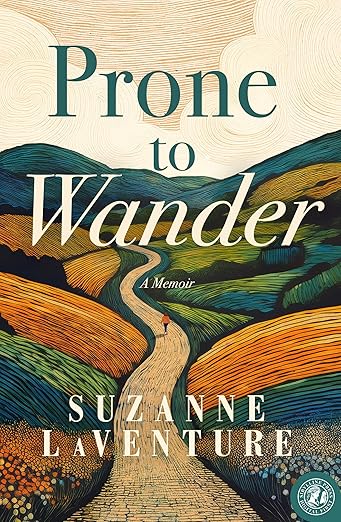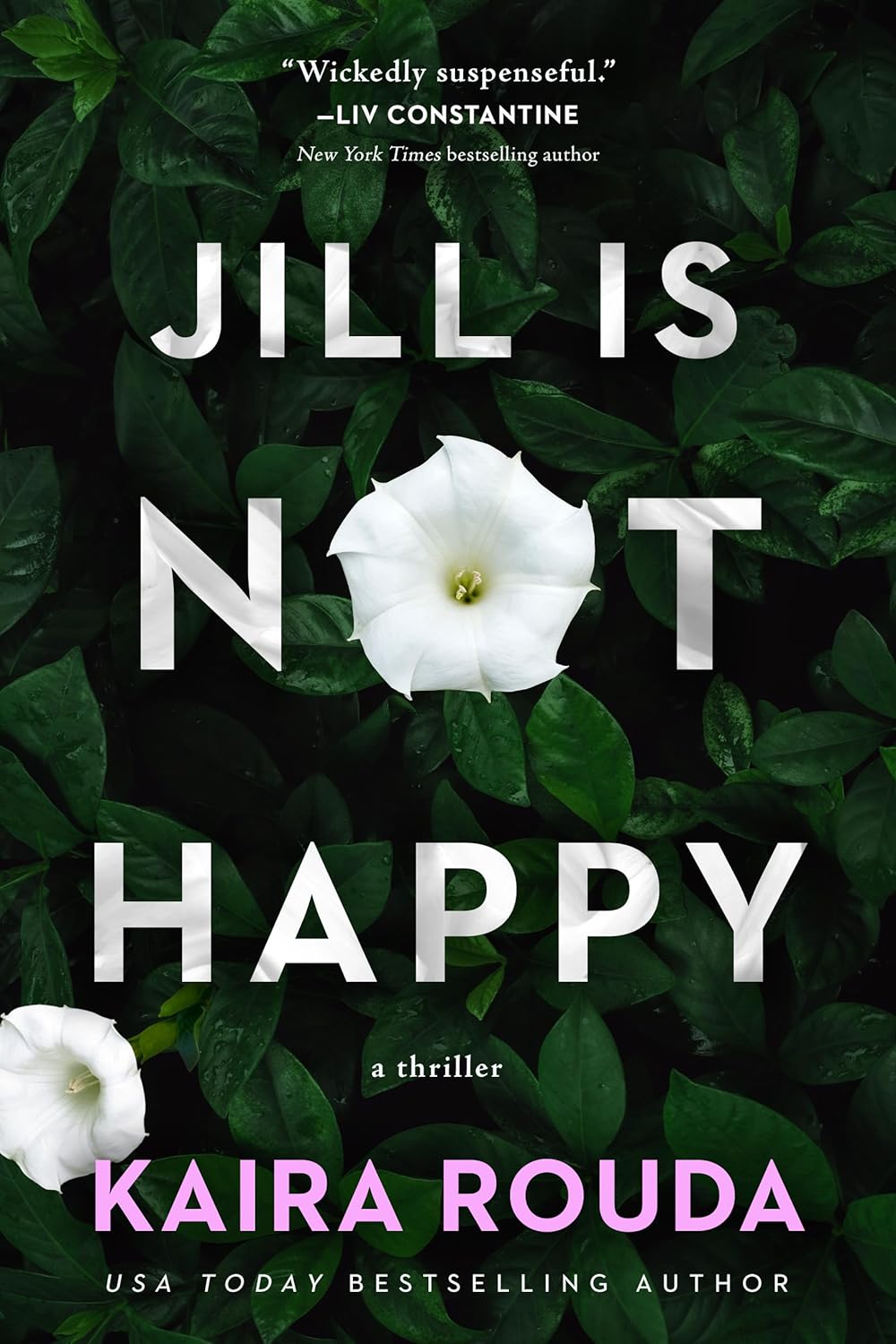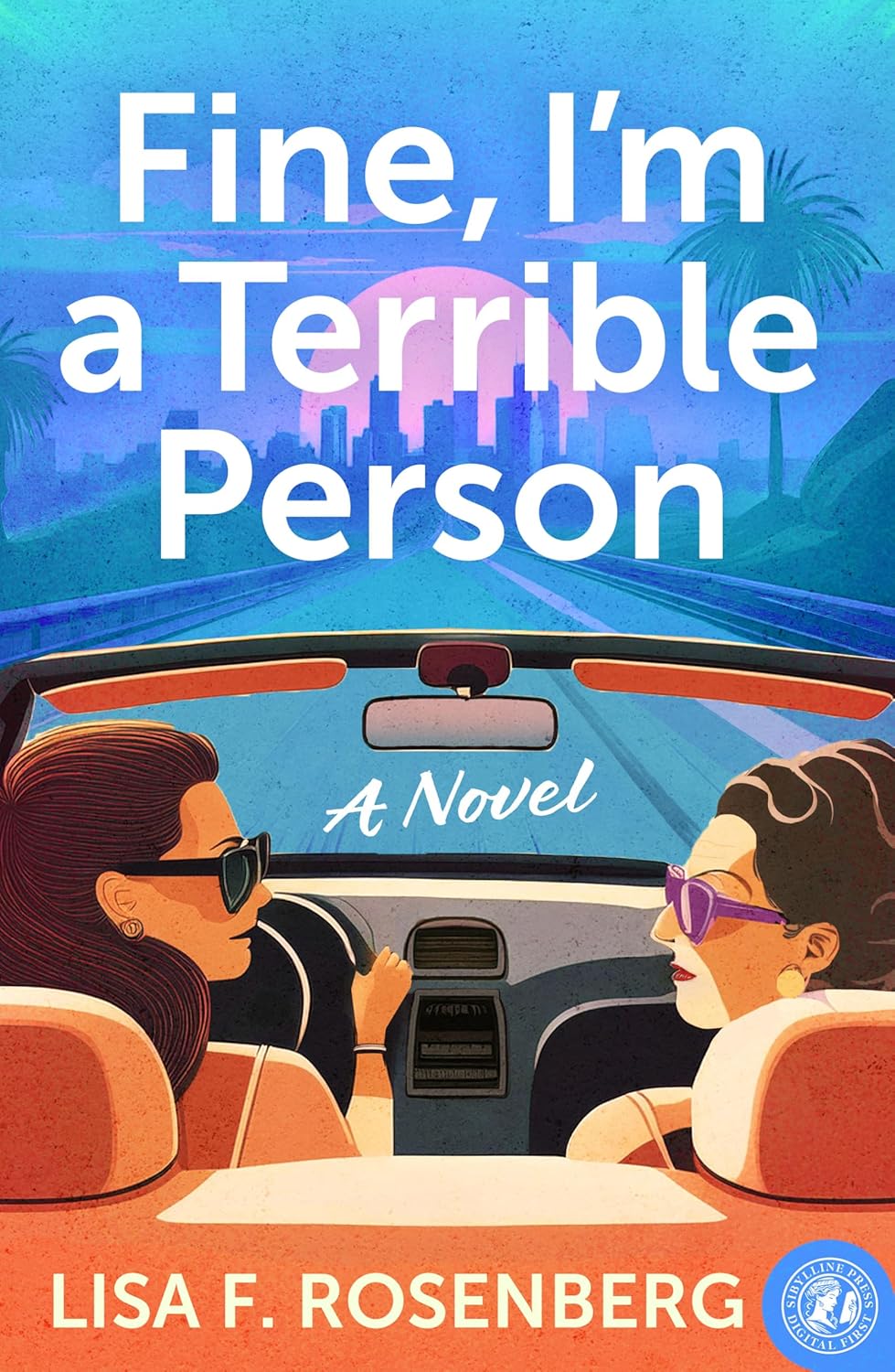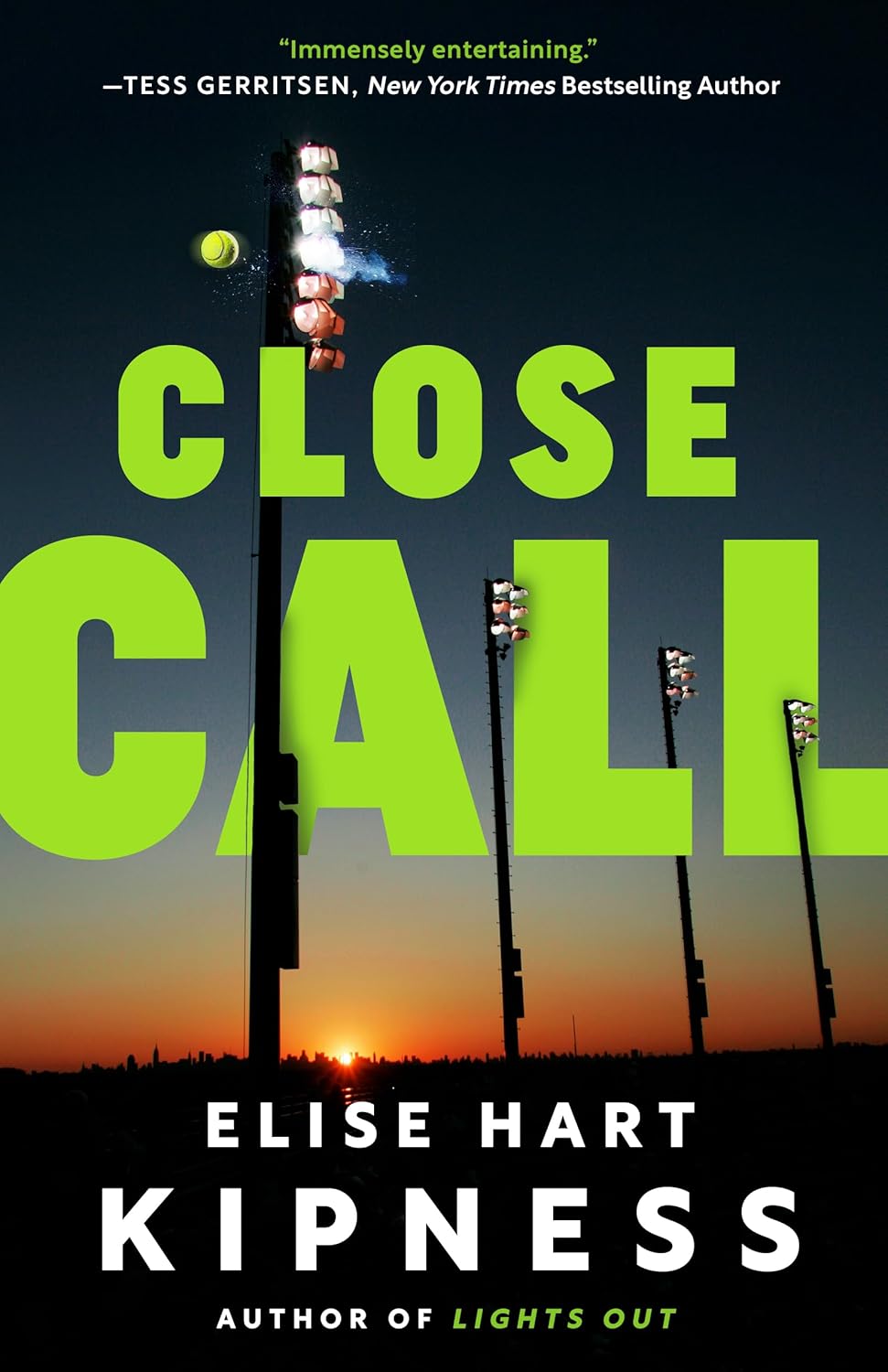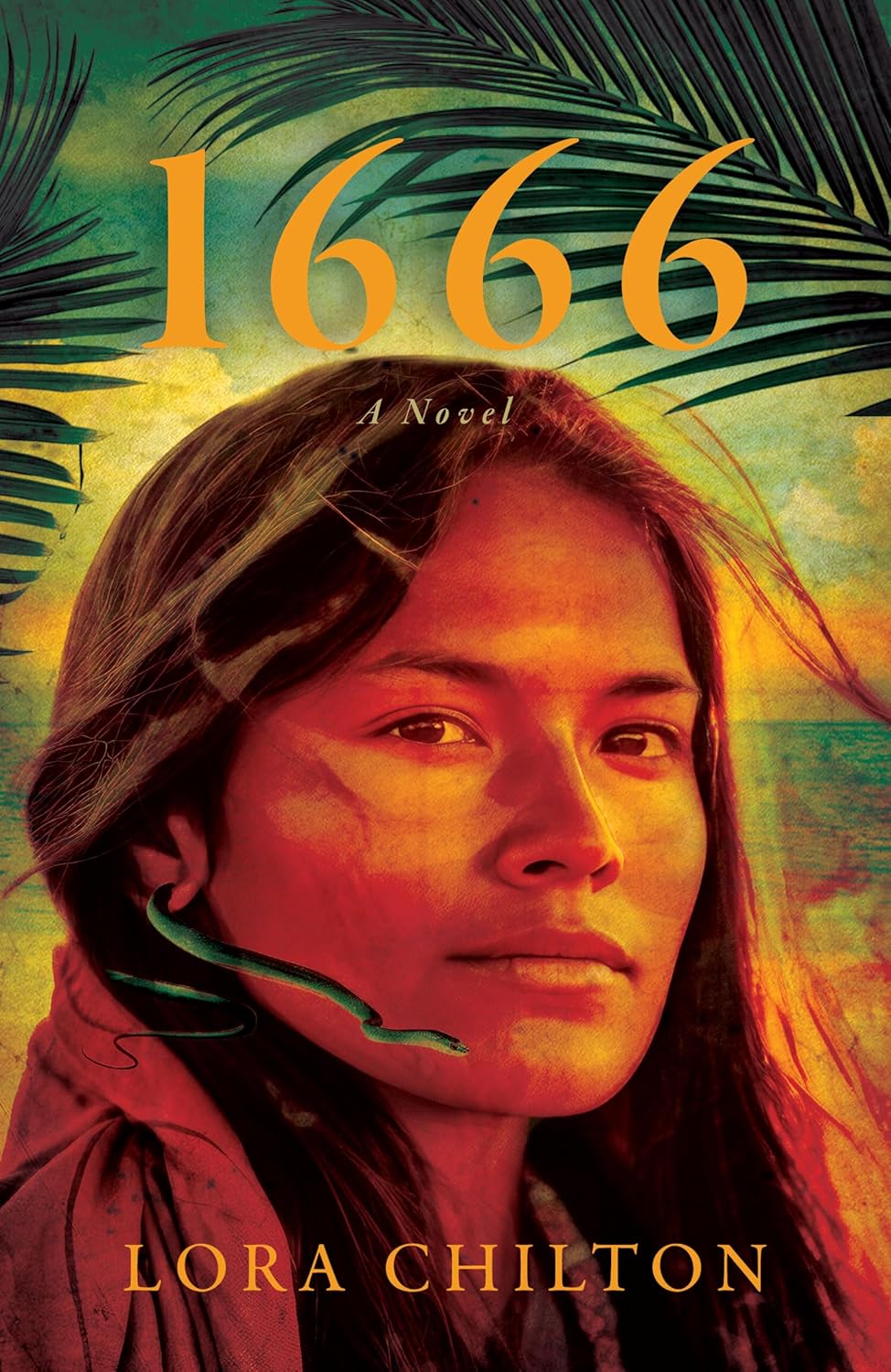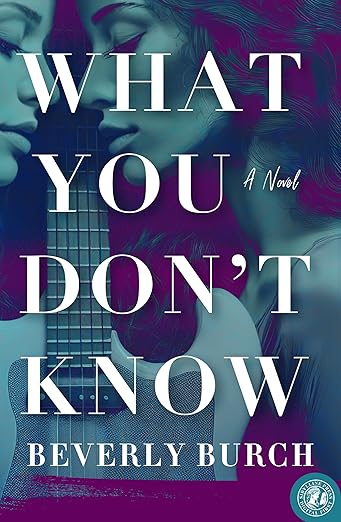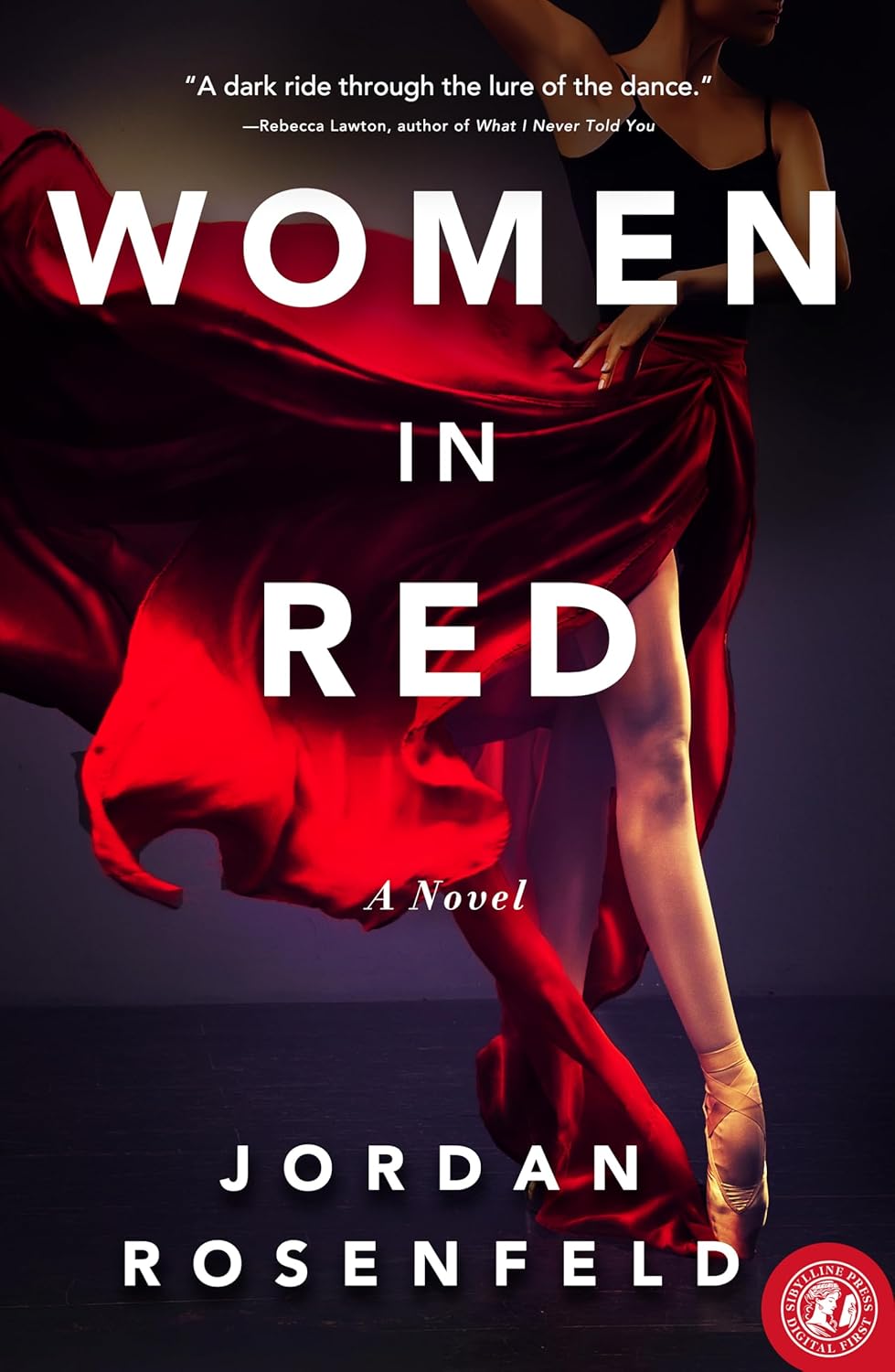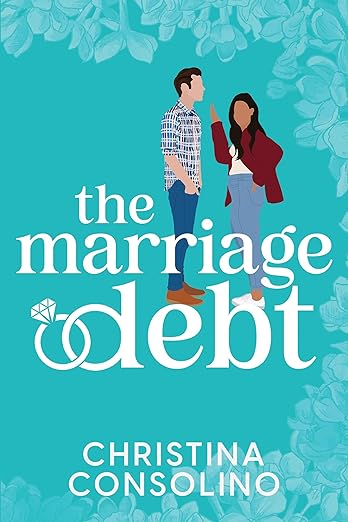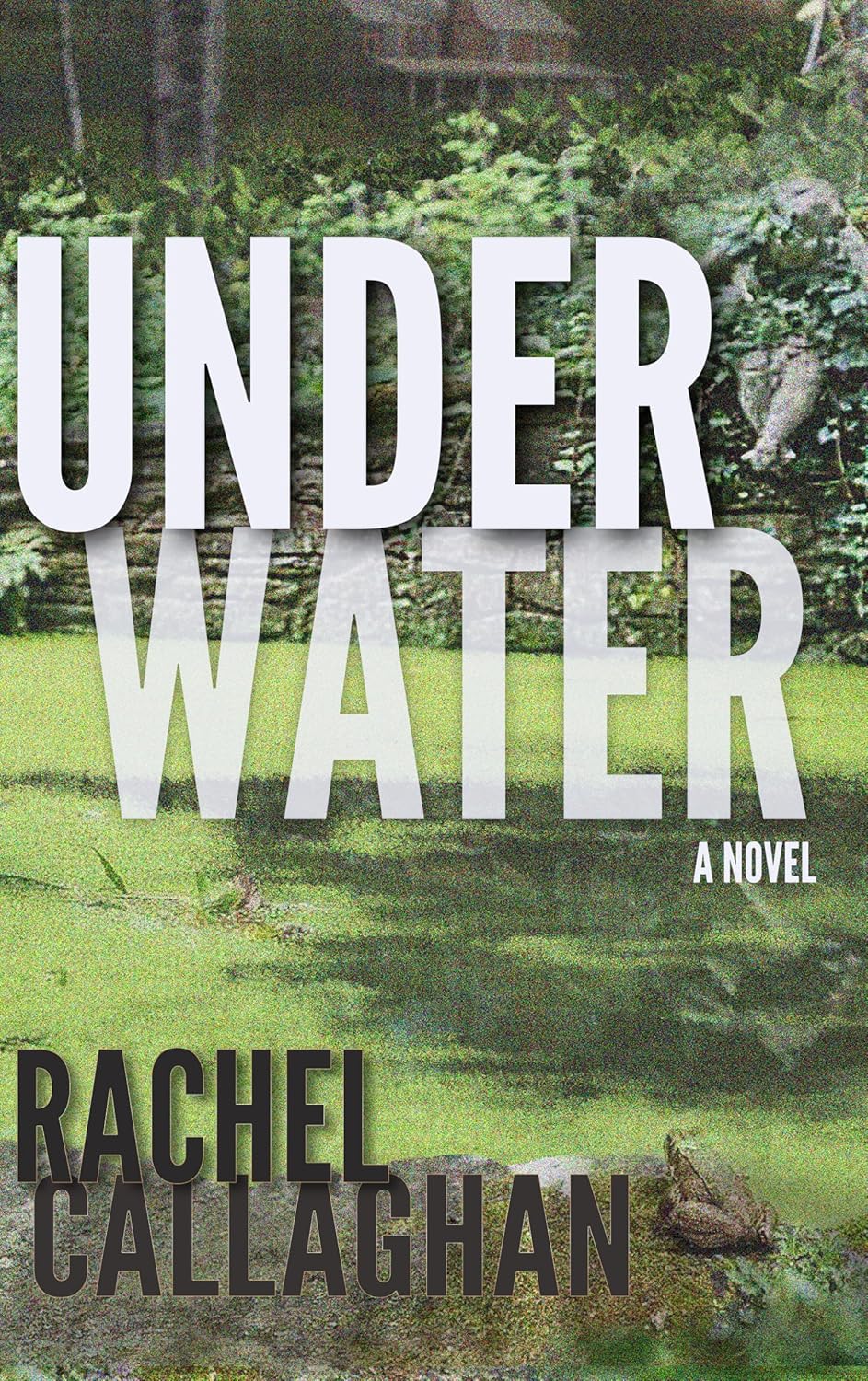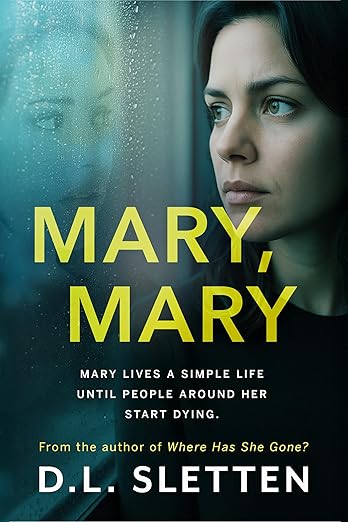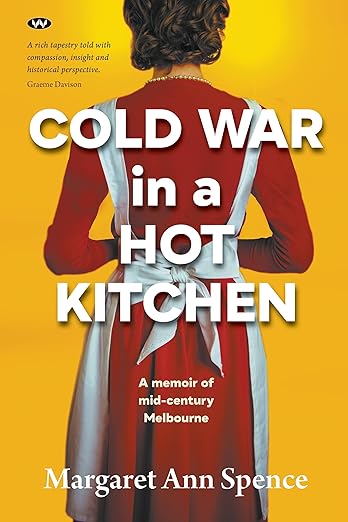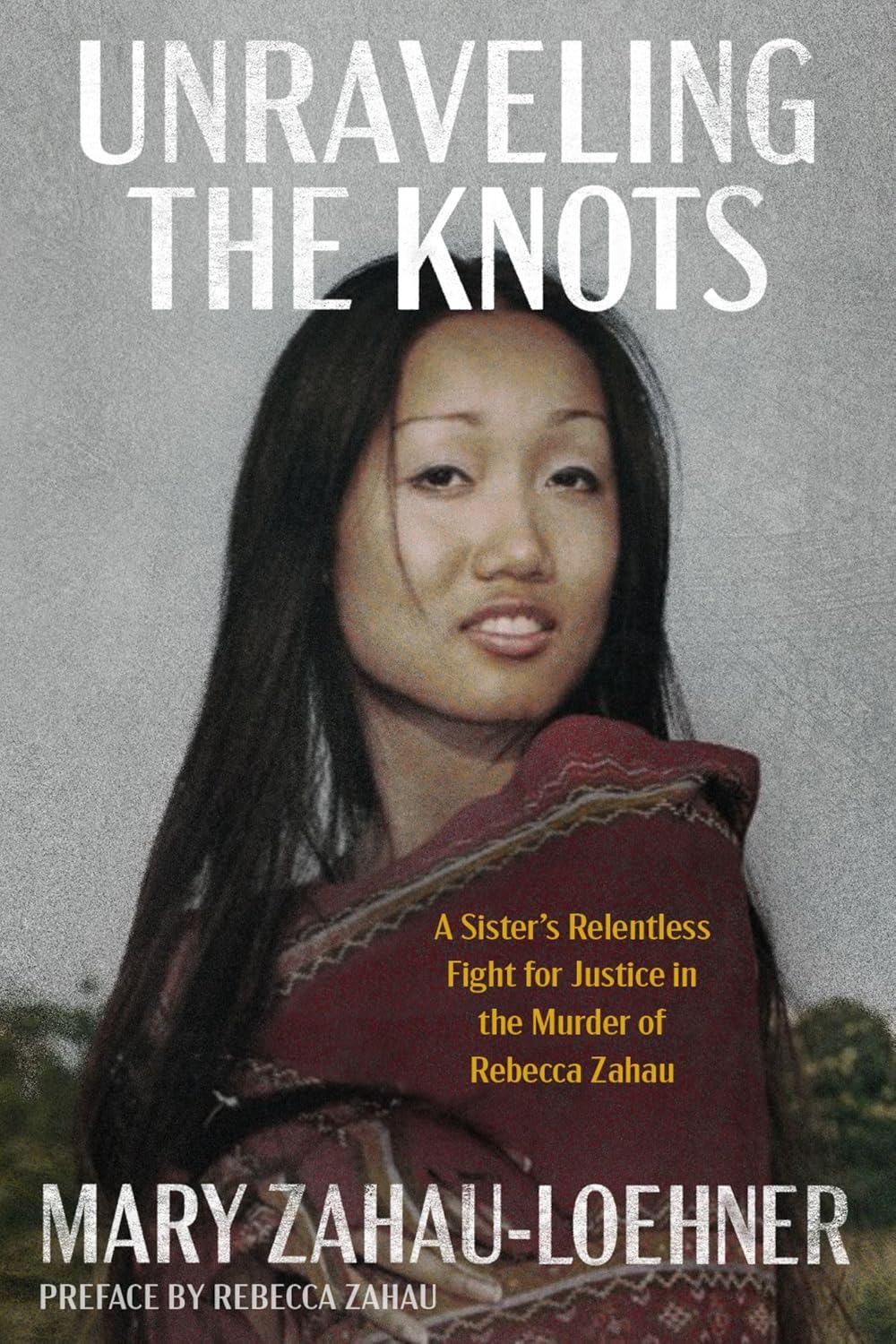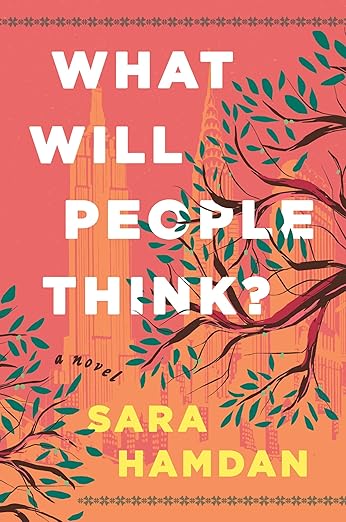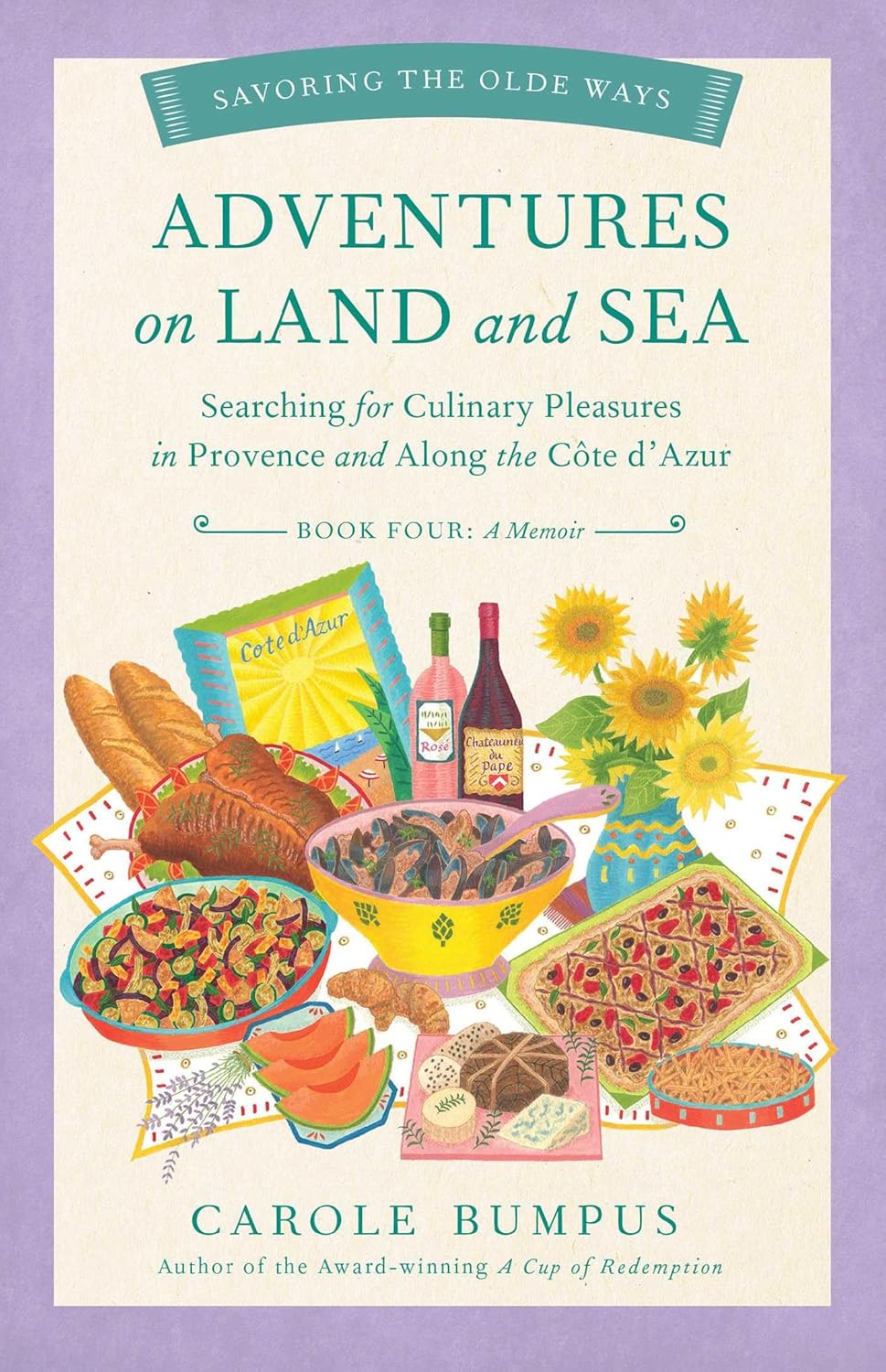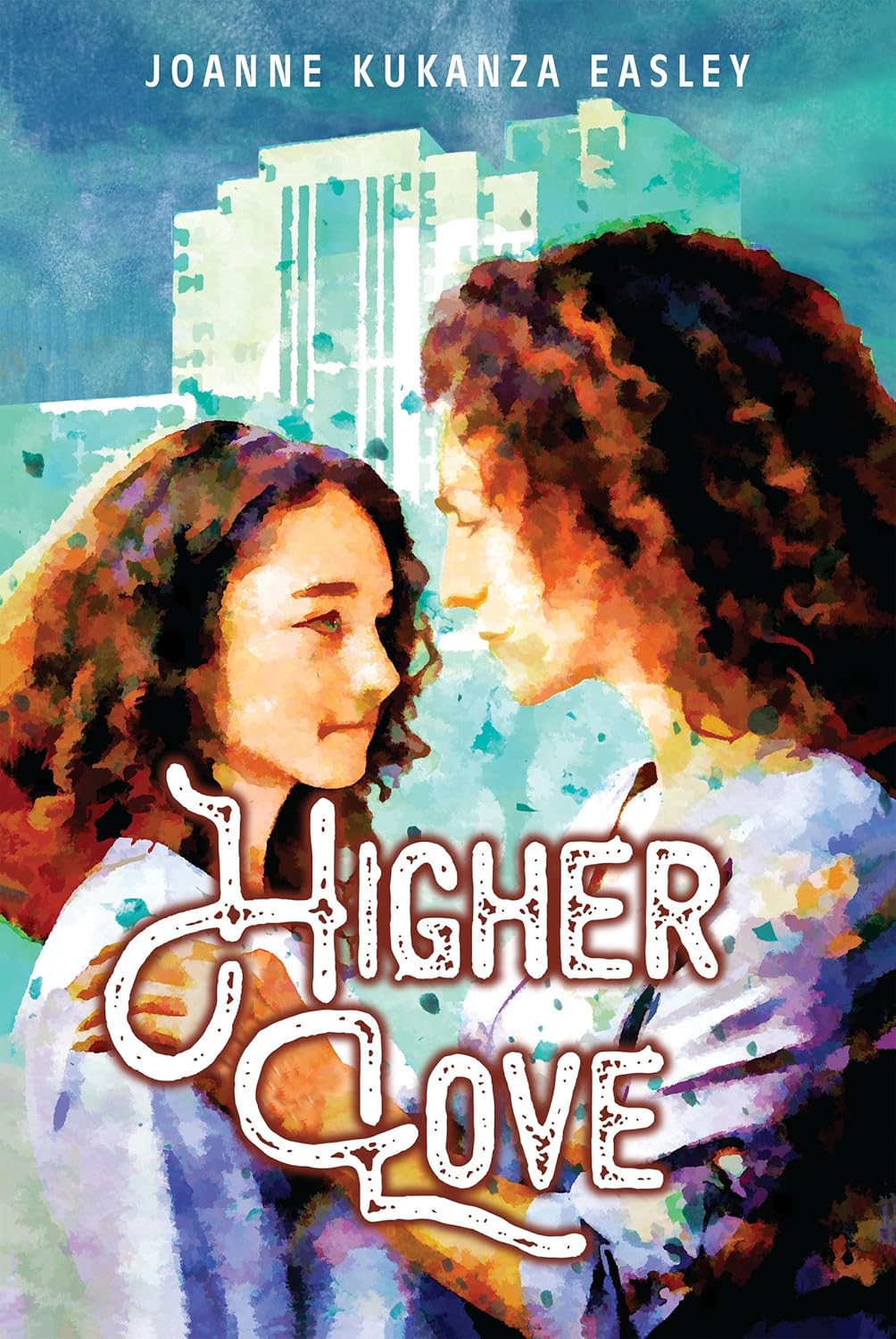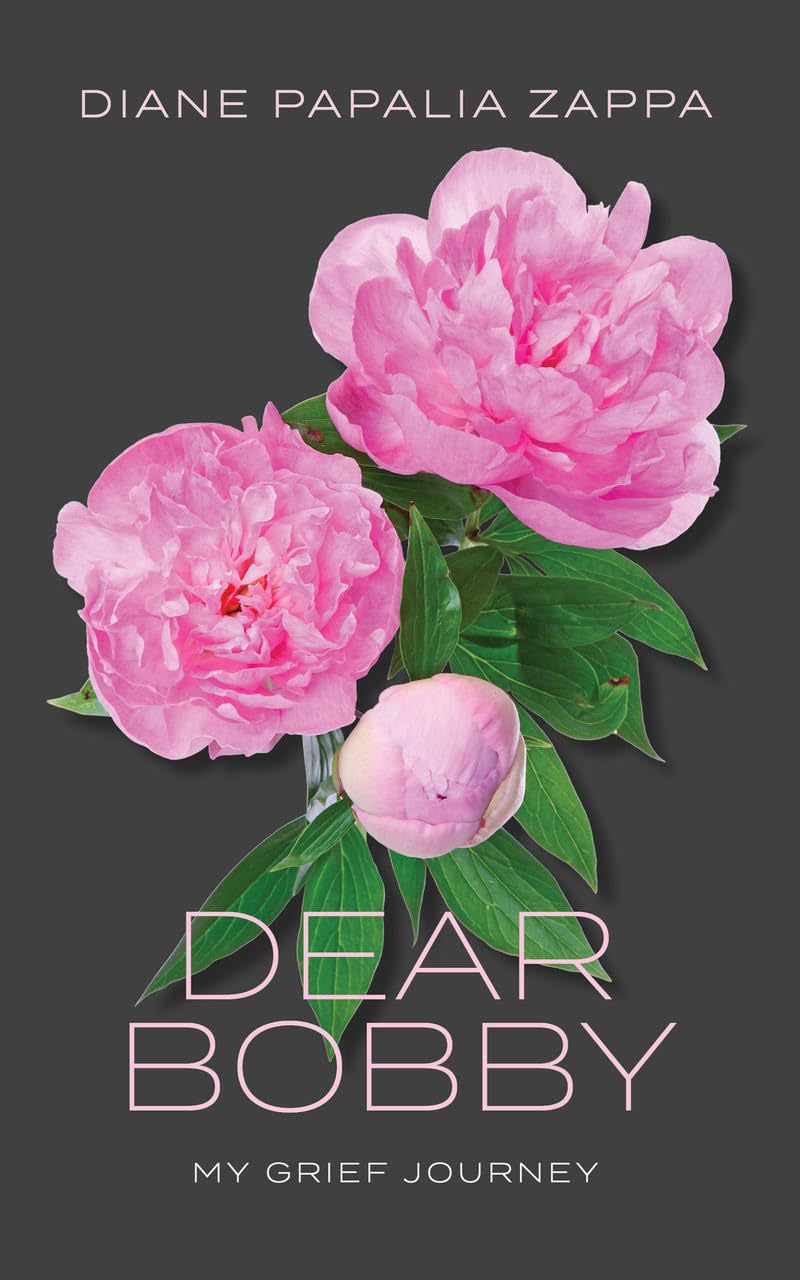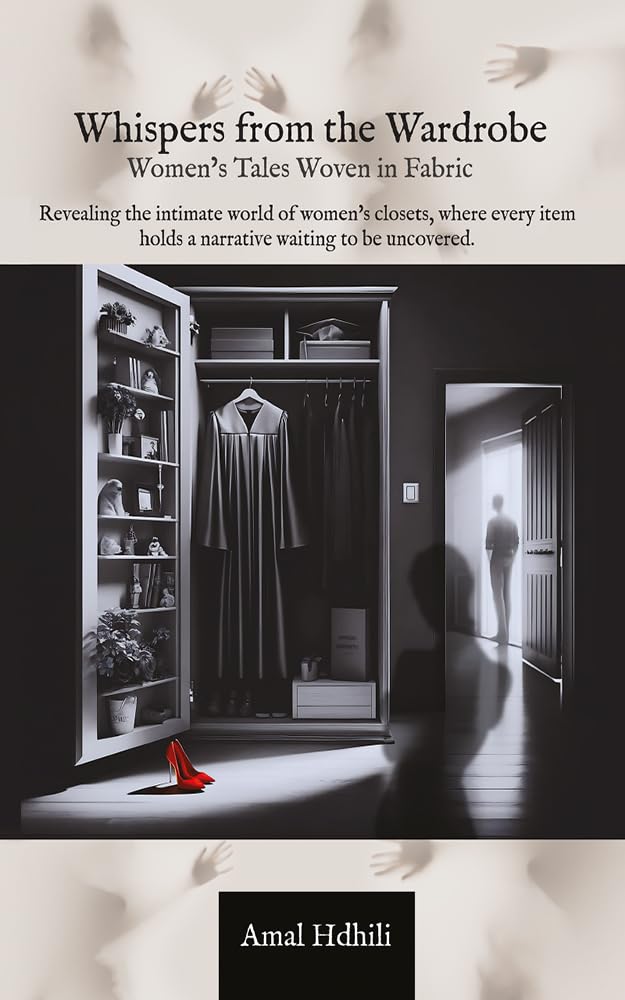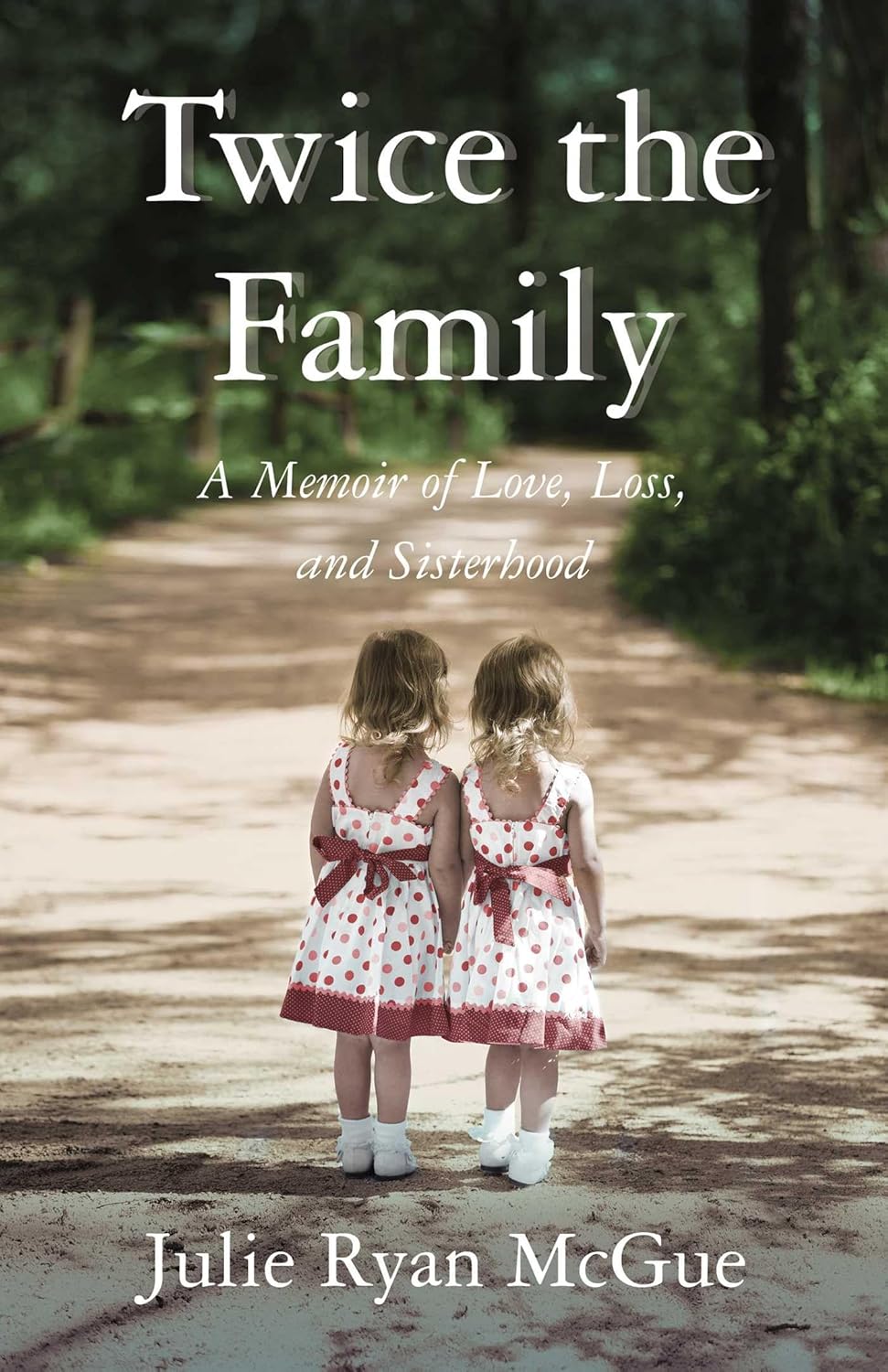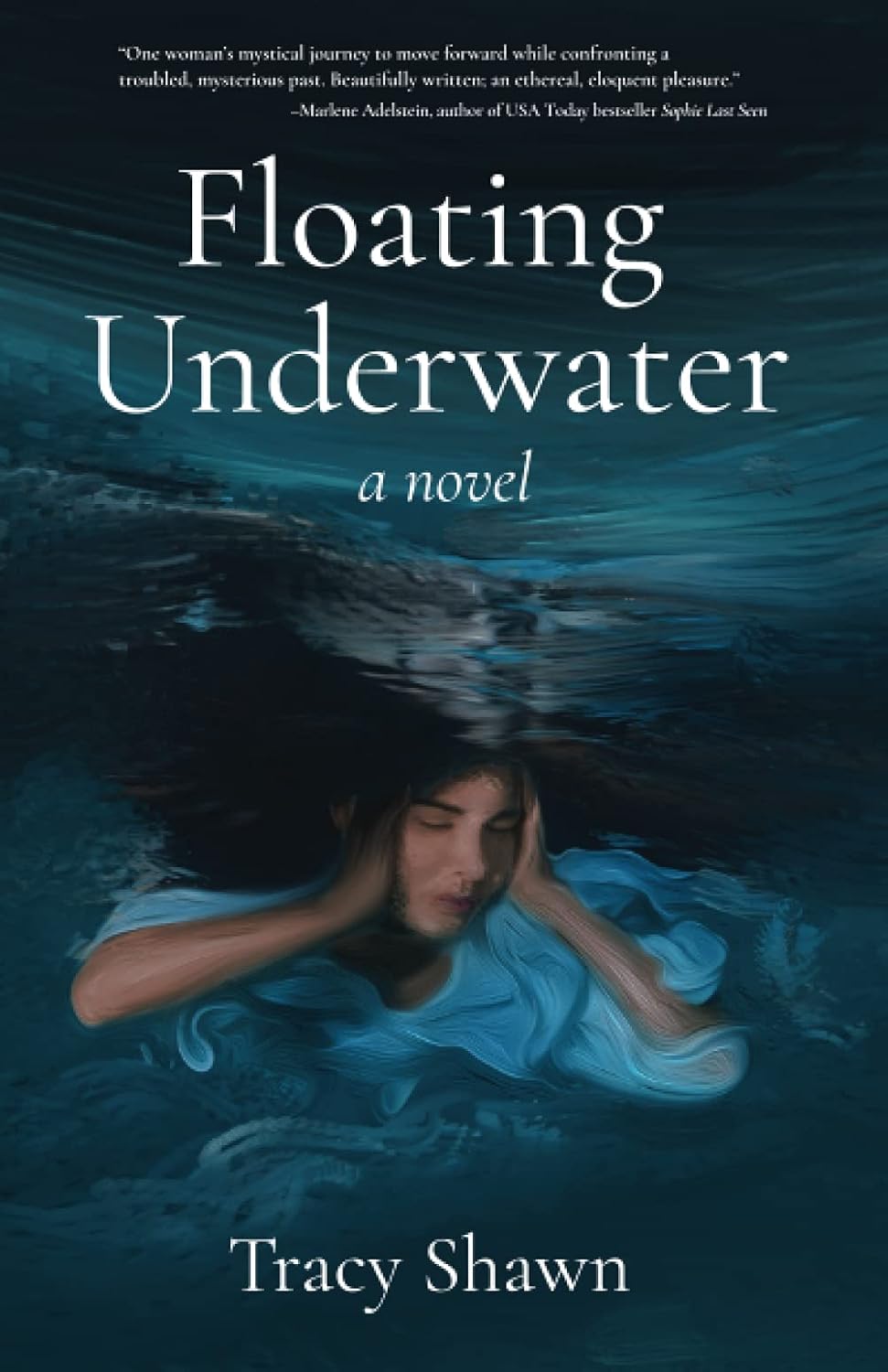Authors Interviewing Characters: Mary Kathleen Mehuron
DOWN ON THE SOUTH BEACH DRAG
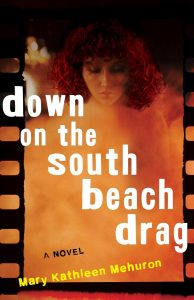 It’s 1972, and eighteen-year-old tomboy Maeve O’Connor must win a photography contest to escape her suffocating, conservative family and attend her dream school in Manhattan. But where will she find arresting subjects? Why, a washed up old seaside resort called Asbury Park, New Jersey—a place where sideshow entertainers, strippers, carnies, artists, musicians and alternative lifestyles coexist on the boardwalk in plain sight.
It’s 1972, and eighteen-year-old tomboy Maeve O’Connor must win a photography contest to escape her suffocating, conservative family and attend her dream school in Manhattan. But where will she find arresting subjects? Why, a washed up old seaside resort called Asbury Park, New Jersey—a place where sideshow entertainers, strippers, carnies, artists, musicians and alternative lifestyles coexist on the boardwalk in plain sight.
To her great surprise, Maeve manages to talk her parents into letting her go for the summer. Immediately upon reaching Asbury Park, she meets and falls in love with Georgie, a young man with superstar talent, held back by the fact that he is androgynous. She befriends other undiscovered artists as well, including a man who breaks through with a hit album. But what price will she pay for embracing the bohemian lifestyle where she feels she belongs?
Asbury Park in the early 70s is the setting that shaped this story. Neon signs and the sound of crashing waves are ever present and part of the town’s decaying boardwalk charm. Asbury Park isn’t just the setting of Down on the South Beach Drag—it’s a character all its own. I spent a great deal of time wandering through my memories of its streets, soaking up its stories, and channeling its contradictions into every page of this novel.
Representation of the diverse population of the 70s era Jersey Shore town matters. Everyone deserves to see themselves on the page. In Down on the South Beach Drag, LGBTQIA+ and other marginalized characters take center stage—not as sidekicks or symbols, but as full, complex people navigating love, loss, and liberation. I wrote this story to reflect the beautiful, diverse lives I’ve seen and lived—and to honor voices too often pushed to the margins.
Simon and Schuster calls Down on the South Beach Drag:
A poignant and irreverent coming-of-age tale of a queer young aspiring photographer in the ’70s torn between her love for her conservative family and her desire to be true to herself, perfect for fans of Daisy Jones and the Six.
Author Mary Kathleen Mehuron’s interview of protagonist Maeve O’Connor
Author MKM: You are an O’Connor, a family that has a royal bloodline in Ireland. Your family history goes back thousands of years. As an Irish Catholic Jersey girl myself, I know that even though I was born in America I grew up in a unique culture that had one foot in the USA and one foot in Ireland. Most of the elders I knew put tremendous pressure on us kids to succeed through conformity. Do you feel that pressure to conform?
Maeve O’Connor: Well, let’s just start with the infamous Catholic guilt. As the oldest child of six and the only girl in my family I was raised to be a good wife and mother in the Church’s image of what a woman should be.
This was a huge problem because I had a secret. I wasn’t like the other girls I knew. It took some time to figure out how I was different but when I went to spend the summer in Asbury Park I was able to figure some stuff out.
So did I feel pressure to conform? You betcha.
Author MKM: You also had a dream about becoming a photographer. How was that received in your community?
Maeve O’Connor: Not well. No one made a living as an artist. It just wasn’t done. But there was a photography contest for graduating high school seniors and the prize was a scholarship to an arts college in New York City. No one was more surprised than me when my parents let me go to The Shore for the summer to take pictures for the application.
Author MKM: What happened once you got there?
I was walking around Asbury Park with my camera on a Saturday night and got a little lost. A dense fog had rolled in. I was kind of taken with the bluish circle the streetlamp cast around me in the gathering mist.
Studying the blue circle through my viewfinder I shifted the camera up to check the framing of the entire street. A slim dark-haired man wearing a fedora appeared, leaning against the doorframe of an establishment called Hootch, smoking a cigarette. The line of his jaw was strong, and he looked like a member of the old Rat Pack, in a very well-made slim suit of shining black sharkskin fabric. A showman of some sort?
“What are you doing out here, doll?” His voice was laced with concern, and higher-pitched than I’d expected.
I walked toward him, unafraid. With each step I took, the hard heels of my shoes on the pavement echoed sharply. I did a little tap dance to play with the phenomenon, and he laughed—and then, to my delight, returned the same tap pattern back to me on the cement stoop, swinging his arms, imitating me.
Draped in both the oncoming vapor and his cigarette smoke, the entry lights to Hootch created a halo around him. I suddenly realized he was not exactly a “he” but irresistibly androgynous. My immediate attraction to him fused with our surroundings and my purpose in life. The contest. The intriguing young man dancing in front of me. Becoming a photographer. My difference was becoming clearer. And I was certain in that moment that something big was coming for me. And it was.
BUY HERE
Mary Kathleen Mehuron lives in a ski town in Vermont, where friends call her Kathy and she and her husband raised three sons. She has an almost weekly column in her local newspaper, The Valley Reporter, and is the author of three other novels: Fading Past, The Opposite of Never, and, most recently, The Belonger, which is set on Grand Turk Island and Providenciales. Mary Kathleen was born in Chicago and raised in New Jersey. She takes extended time to write on Grand Turk Island, Vermont’s Northeast Kingdom, and Savannah—but for the last forty years she has called Waitsfield, Vermont, her home.
Find out more about Mary on her website https://www.marykathleenmehuron.com/
Category: On Writing




